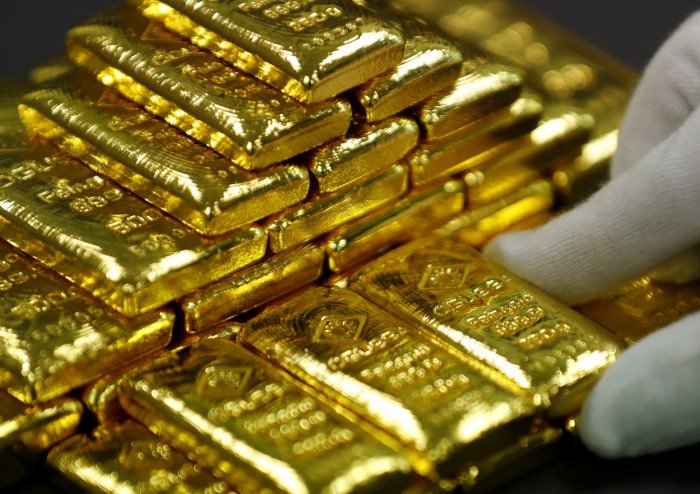Market trends an indicator of differing views on the global economic outlook

Americans who once snapped up gold bars and coins are offloading the assets while their Asian counterparts show no letup in buying, a sign that investors on opposite sides of the world have different outlooks on the global economy.
The divergence suggests US residents who stash bars and coins at home or in safe deposit boxes — akin to stock market day traders — are more at ease about President Donald Trump’s tariffs, rising government debt and geopolitical tensions. And, they’re ready to cash in after the metal’s stunning rally over the past two years.
These American retail investors are bucking broader market trends in which more wealthy investors continue to aggressively buy the safe-haven asset, as do sovereign funds and central banks. Meanwhile, Asian gold buyers are eschewing jewellery for bars and coins.
“A lot of the retail investors (in the US) tend to be Republican-leaning. And whatever we say about the policy of tariffs, they like the idea of how Trump’s doing,” said Philip Newman, managing director at the research consultancy Metals Focus Ltd. “So from their point of view, there’s less reason to buy gold.”
The US market is so awash with bars and coins that some precious metals dealers have slashed their premiums to the lowest in six years to spur sales. And when investors sell, they’re now looking at paying dealers a fee to offload gold.
The bullion dealer Money Metals Exchange currently charges buyers of one-ounce American Eagle gold coins $20 over spot prices, compared with $175 four years ago. And sellers now need to pay about $20 for the online exchange to take the metal, whereas in 2021 they would have received an extra $121 for selling.
The glut has led to a collapse in sales of newly minted bullion products, with the US Mint’s American Eagle gold coins — a proxy for retail demand — tumbling more than 70% in May from the prior year.
The demand for gold bars and coins has been falling for the past three years in North America and Western Europe while rising everywhere else in the world, with last year marking the biggest divergence on record in data going back to 2014, according to Metals Focus. That gap continued into the first quarter of 2025, driven predominately by the selloff in the US market, according to the consultancy.
Meanwhile, demand for bars and coins rose 3% in the Asia-Pacific region in the first quarter, with the Chinese market registering a 12% year-on-year increase, according to the latest data from the World Gold Council. South Korea, Singapore, Malaysia and Indonesia all posted gains of more than 30%.
Initial worries of China and Asia getting hit the hardest by Trump’s tariffs led to “super strong” demand for gold in the region, said Kenny Hu, a commodity strategist at Citigroup. Concerns about local currency depreciation also means gold remains the go-to asset for Asian investors who played a key role in the metal’s rally since 2024.
Investors in Southeast Asia lacking other options have started recognising gold as a strategic asset, said Brian Lan, managing director of GoldSilver Central, a Singapore-based precious metals dealer.
“Southeast Asians who have memories of the war understand that gold is a form of insurance during periods of uncertainty,” he said.
In the US, profit taking is part of the equation given gold’s stunning climb — up 59% since the beginning of 2024 to $3,274.33 an ounce on Friday.
But Wall Street banks are split over whether the rally has ended. Goldman Sachs reaffirmed a $4,000 forecast by next year and Morgan Stanley expects $3,800 by the end of this year, while Citigroup sees prices dipping below $3,000 next year.
“When there’s fear, they own more gold and less risk assets,” said Hu of Citigroup. “And now maybe they’re thinking things are actually fine. Tariffs are not that bad. Things will get negotiated out. Geopolitics eventually will de-escalate and US growth may be not that bad.”

